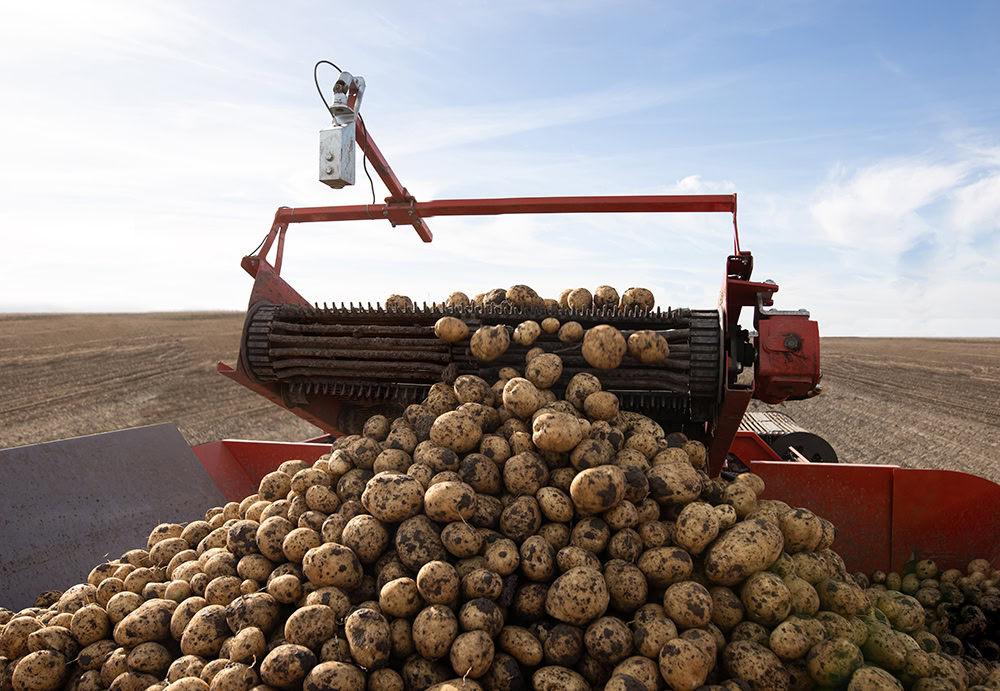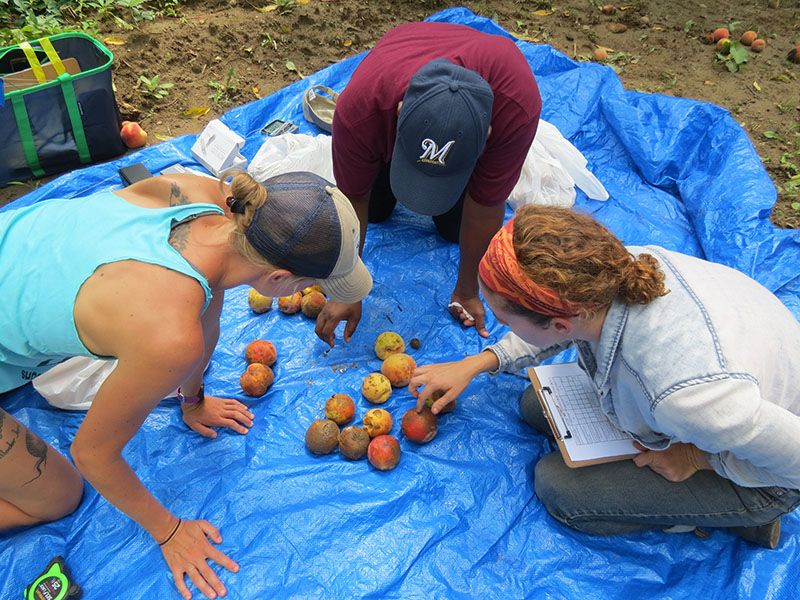This article was originally published on Reuters.
So how can we help? We talked to farmers and found something we could provide. Equipping them with an easy-to-use tool to track, address and ultimately reduce their food loss can help them utilise more of what they grow and cut the carbon emissions and environmental impact of the food system.
As much as 1.2 billion tonne,– 15% of all food produced – is lost on farms during, around and after harvest. That represents a mountain of vegetables, fruit, grains and more, on a scale that could feed the world’s 870 million undernourished people four times over. And as growers themselves would tell you, it also represents a dispiriting waste of the land, water and energy that they put towards growing that food. Producing food that no one eats unnecessarily adds further stress on nearby ecosystems and climate-changing emissions into the atmosphere.
Economically, these ongoing losses each harvest mean wasted labour and inputs such as fertilisers and water for growers. In fact, it’s been estimated that farmers could achieve up to a 20% increase in profit, by reducing their on-farm food losses.
Tackling and reducing on-farm food losses makes absolute sense for growers and the planet. Yet many factors drive food loss, many of which are beyond growers’ direct control. Labour shortages and lack of market access, for instance, can result in edible crops being left unharvested in the field or left in storage where they spoil.
That, in a nutshell, is the thinking and purpose behind the Global Farm Loss Tool.
Developed by World Wildlife Fund (WWF) and available for free to businesses and the general public, the tool is a web-based platform that helps farmers and their buyers more systematically measure food loss hotspots and address the reasons behind them. It was tested by growers who supply members of The Consumer Goods Forum’s (CGF) Food Waste Coalition, including Ahold Delhaize, McCain, Sainsbury’s and Tesco.
Through discussions with these growers, we found the major gaps in current food loss measurement. Often on-farm food loss is measured in bulk and without clear categorisation, meaning there is no differentiation between the marketable, edible as well as the spoiled categories are not differentiated. This leaves growers in the dark about what the major cause of food loss is and at what stage of farming the waste happens most.
By shedding light on both these areas, the Global Farm Loss Tool enables effective action to be taken. For example, when McCain growers used the tool to estimate food loss across the harvest season, it kicked off internal discussions around new ways to redirect surplus for other purposes.
An environmental economist with Valley Farms, a Canadian supplier to McCain, told us that it allowed his team for the first time to properly estimate the food loss that occurred during harvest season in the province of New Brunswick. They saw the biggest loss pertained to the marketable category, allowing them to map out where improvements could be made.
Tackling food loss will help meet multiple U.N. Sustainable Development Goals, such as ending hunger, increasing water use efficiency and improving responsible production. It can also provide a clear pathway to mitigate the upstream Scope 3 emissions that many food companies are racing to address.
Collecting clear on-farm food loss data can also help inform the U.N. Food and Agriculture Organization’s Food Loss Index, and policymakers and solutions providers’ efforts to more effectively map where progress is being made and where food loss hotspots still must be addressed across global supply chains.
Buyers and wholesalers downstream can also use the data to aggregate losses from multiple farmers to benchmark and analyse food loss and waste throughout their supply chains. In doing so, the tool sets the stage for buyers to make measurable progress against both their food waste and Scope 3 climate commitments.
It all comes back to equipping growers with a simple and actionable tool to measure food loss. If we can’t measure it, we can’t manage it.
With so much at stake, it’s time to equip growers with simple and effective tools to help them improve their bottom line, while also realising new benefits for the planet and a more sustainable food system.


